Reclaiming the pictures of a forgotten world
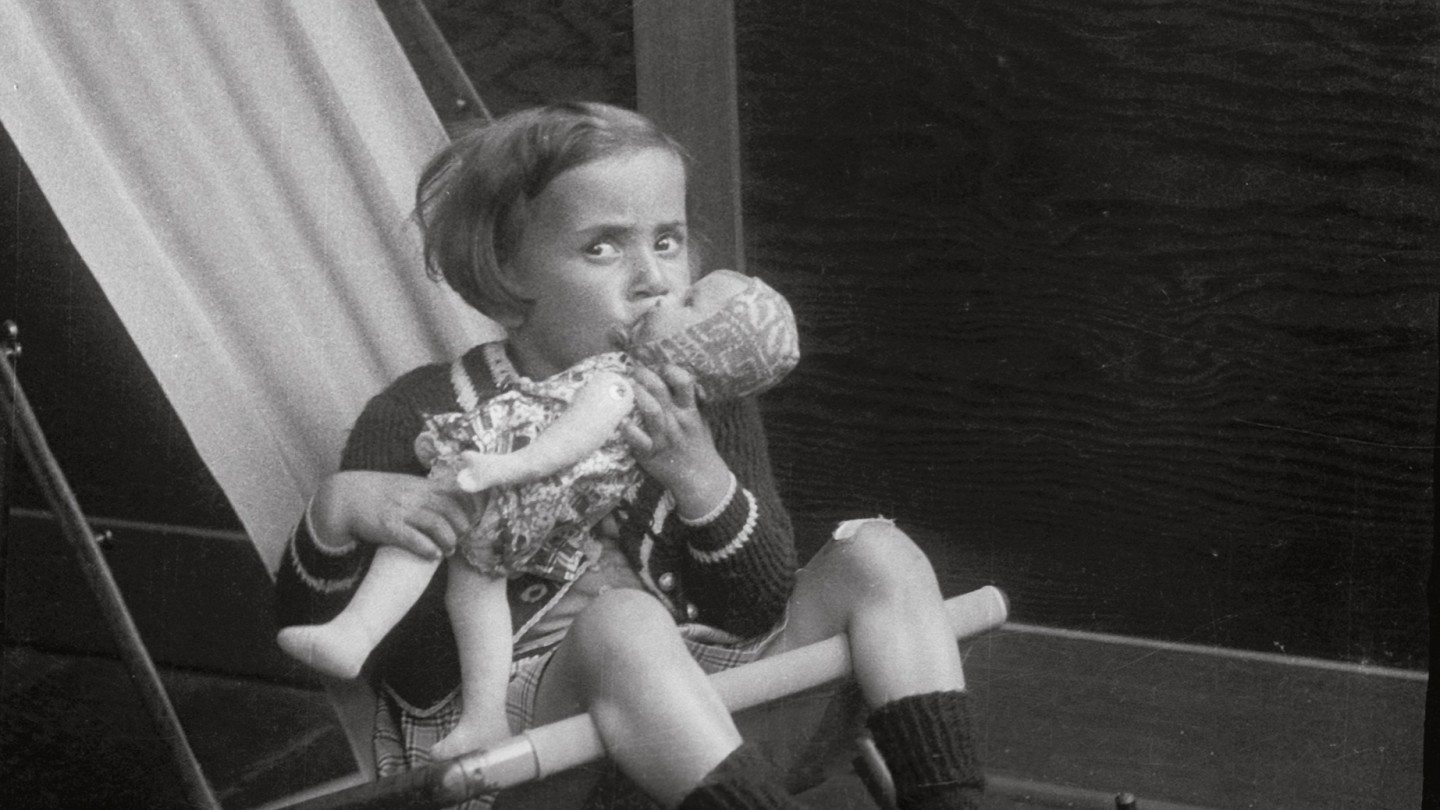
Roula Khalaf, Editor of the FT, selects her favourite stories in this weekly newsletter.
Three years ago, while scouring a Tel Aviv flea market for vintage cameras, photographer Marc Fluri came across a collection of negatives. On close examination, he found that they told the story of a German-Jewish man who had served in the first world war and escaped to modern-day Israel with his family in the 1930s. “It was fascinating that there was no one to tell these stories except for the pictures,” says Fluri, for whom the collection became an obsessive quest to unearth more untold stories from the past.
Fluri has since built a collection of more than 40,000 negatives. Earlier this year he teamed up with his fellow photographer, long-time friend and UK founder of retail giant Tiger Philip Bier to launch eyeeye.me – an online store selling limited-edition black-and-white prints of unseen negatives from 1880 to 1960. “My father’s a German-Jewish refugee to Denmark so there were many aspects of the story that resonated,” says Bier.
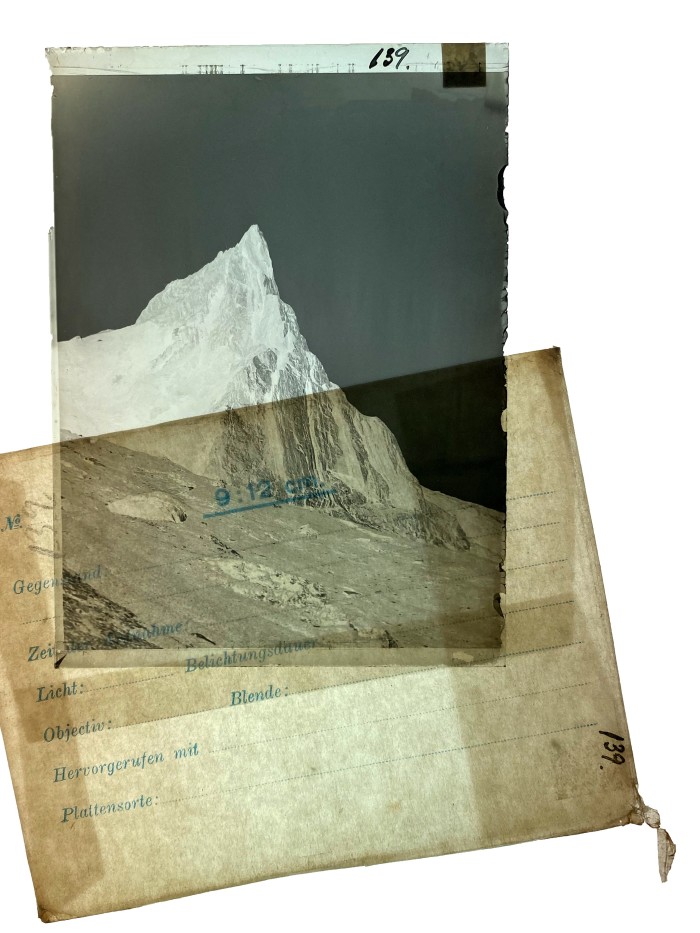
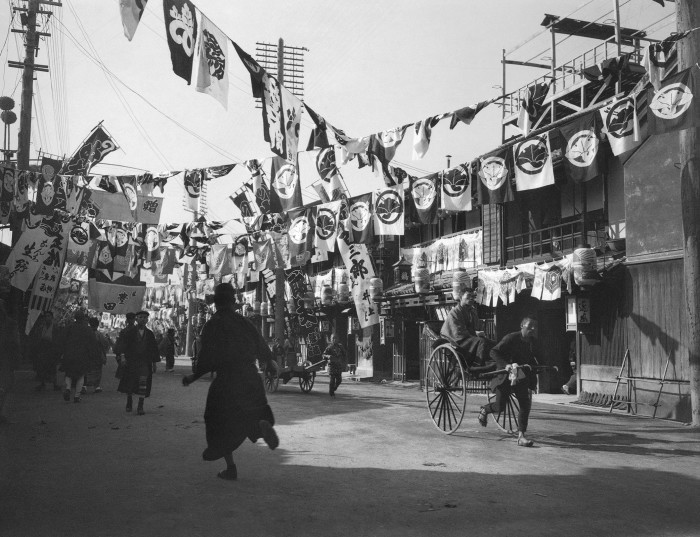
The duo aim to release three to four new series a year, printing photographs on museum-quality paper, and limiting each to a run of no more than 199. Prices start at £60, rising when 50 copies remain. For every stash of pictures printed, eyeeye.me tries to seek out the photographer through extensive research. “There are people out there who can figure out where the photo was taken just by looking at the clothes worn,” says Fluri. Most of the featured images have now been successfully attributed, and the search continues for the ones that remain unknown. The site also showcases unseen works of iconic people or places by established photographers – such as Vogue photographer Milton H Greene’s portrait of Marlene Dietrich and Raymond Fabre’s images of Salvador Dalí.
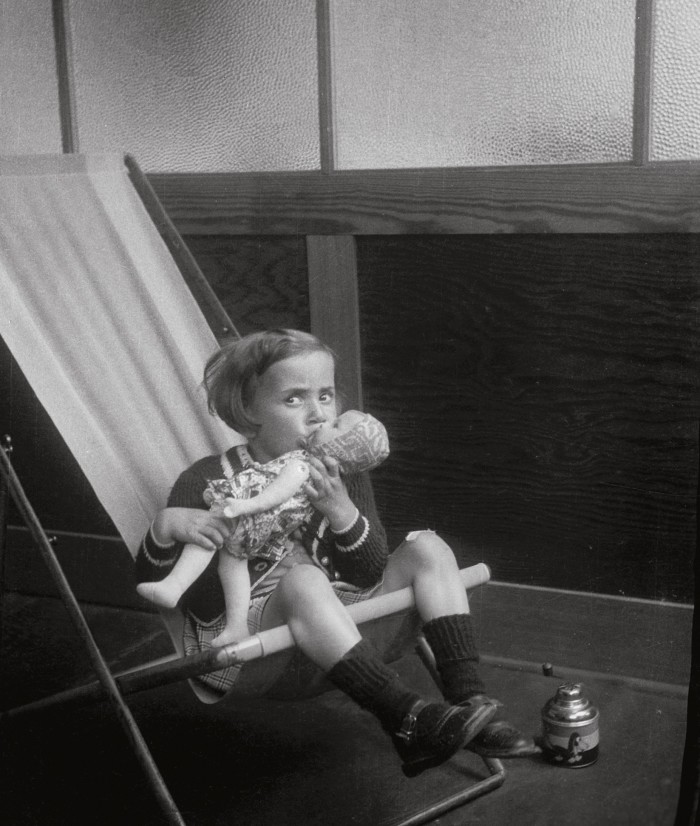
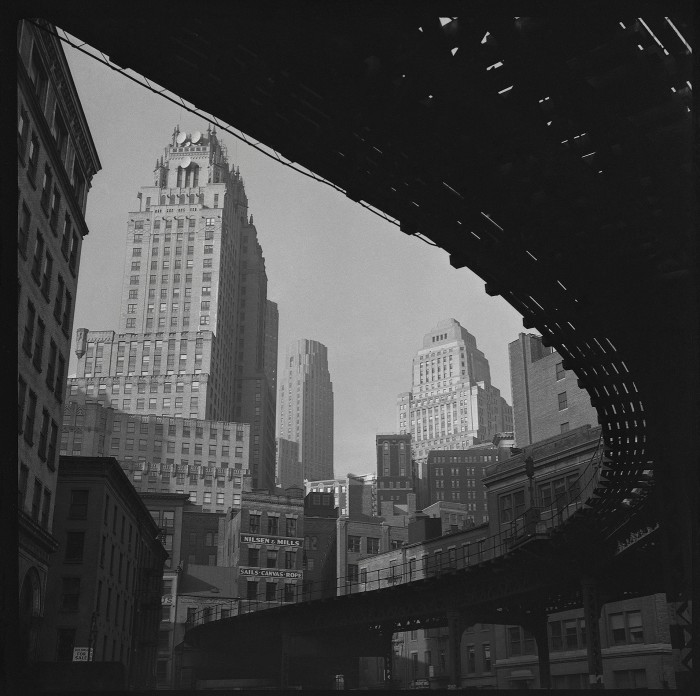
“For every picture that goes on the website, there are a thousand or more that don’t make the cut, but we save them all,” says Fluri. This archive is particularly valuable for older negatives made from glass or celluloid, which have a limited lifespan. “They’re part of our heritage and give us an understanding of who we are,” continues Fluri. Some of the eyeeye.me profits go towards digitising and restoring negatives, while keeping some of their imperfections: “If you do too much work on them, you can remove their soul.”
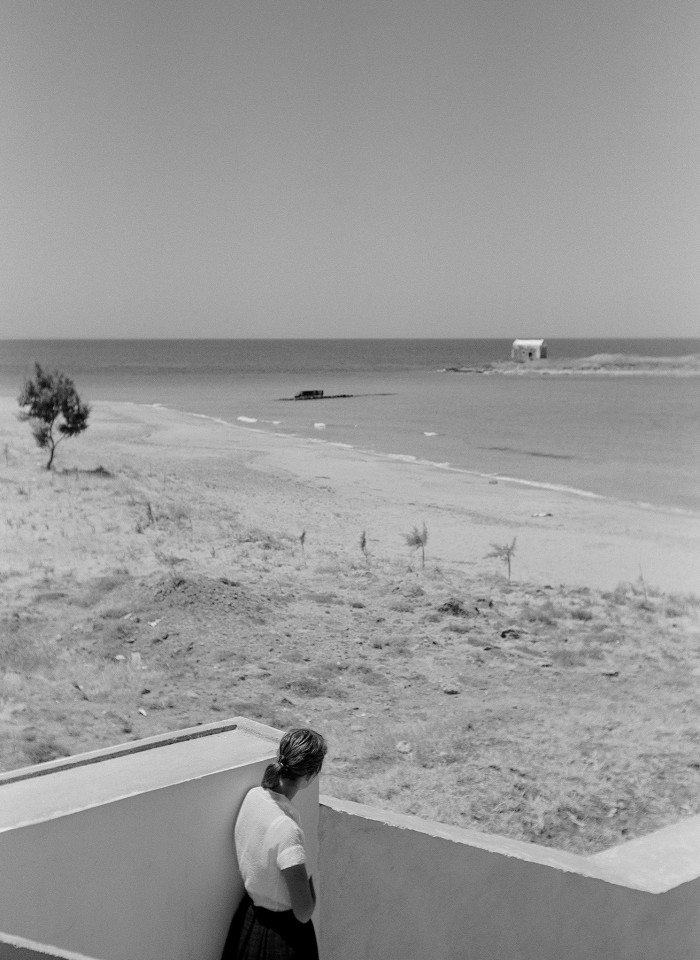
But, says Bier, “as much as we preserve history, we would also like to create and contribute to the future of photography”. To this end, the duo have the EyeEye Photography Bursary Scheme for photographers working today. The idea was born from a frustration they felt themselves as young photographers with big ideas but limited resources. Five per cent of sales will help fund any individual projects that the founders feel bring the same integrity, creativity and technicality as the images featured on the site. The first bursaries will be awarded in September 2022, and may also provide an opportunity to display and sell work on eyeeye.me.
“People [from the past] aren’t that different to today. We see the same stories of love, affection and the fear of what’s to come,” concludes Fluri. “The emotional universe is still the same.”
Comments